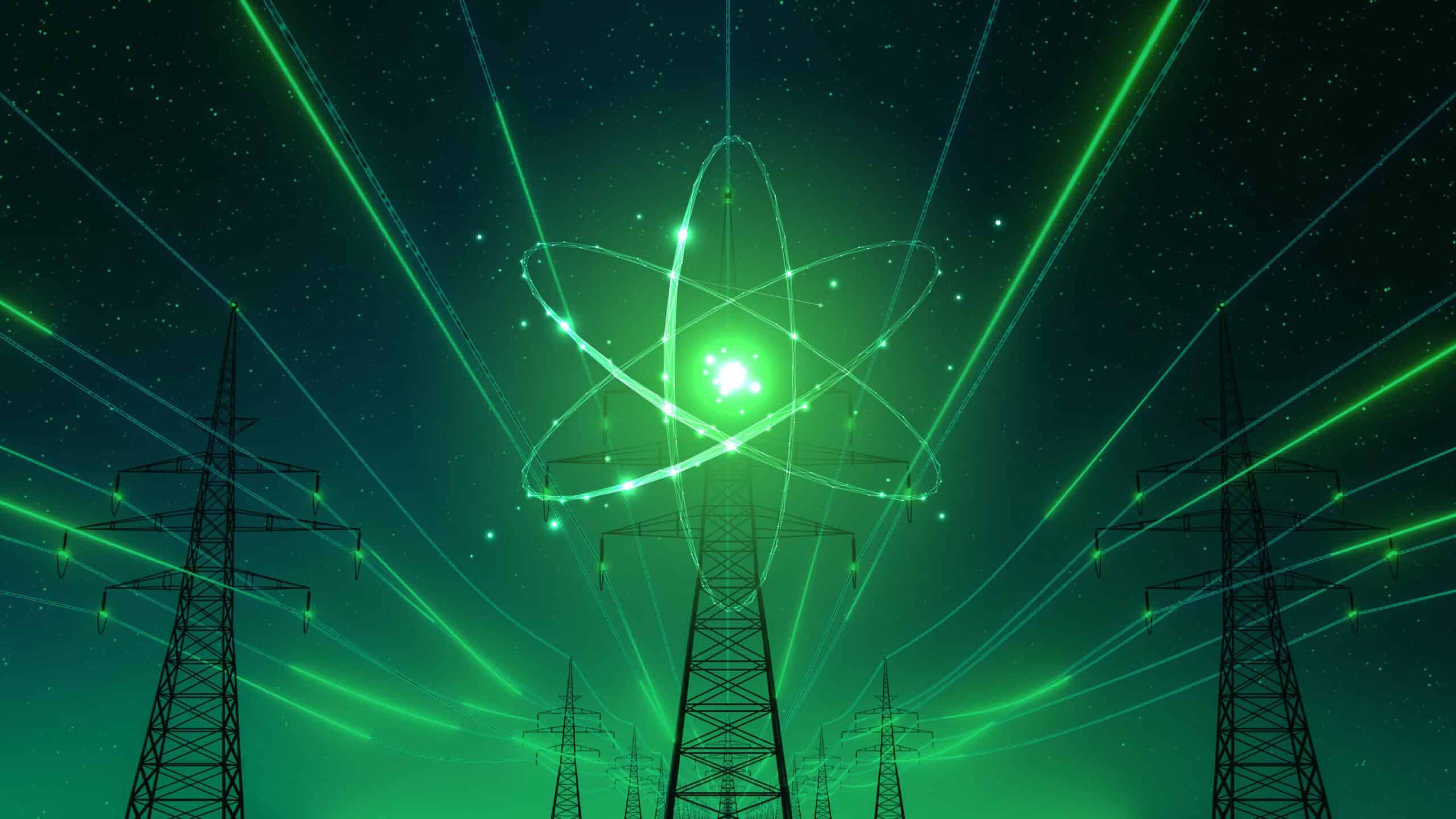The U.S. Space Force, Semper Supra

At just 18 months old, the U.S. Space Force (USSF) is the newest branch of the Armed Forces. While organized within the Department of the Air Force, the Space Force is led by Gen. John Raymond, Chief of Space Operations, a member of the Joint Chiefs of Staff.
As stated on the Space Force’s website:
“[t]he USSF is a military service that organizes, trains, and equips space forces in order to protect U.S. and allied interests in space and to provide space capabilities to the joint force. USSF responsibilities include developing Guardians, acquiring military space systems, maturing the military doctrine for space power, and organizing space forces to present to our Combatant Commands.”
At this stage, the USSF is laser focused on ensuring it has the right authorities, that it is properly staffed, and that it has the right structure. Another integral piece in setting it up for success is the Alternative Acquisition System Report (ASR), which will inform the Space Force’s acquisition strategy.
The Pentagon included $17.4 billion for the USSF in its recently released 2022 budget request to Congress, a 13 percent increase over the previous year. Rep. Mike Rogers, R-Al, an original champion of the Space Force and the current Ranking Member of the House Armed Services Committee, told Defense News in February that the Space Force “has very unanimous support in the House Armed Services Committee and overwhelming support in the Senate Armed Services Committee. As long as it’s got congressional support, we’re going to be fine.”
Currently the USSF is comprised of former Air Force personnel and civilians, also known as Space Force Guardians. In his May 27, 2021 testimony before the House Defense Appropriations Subcommittee, Chairman of the Joint Chiefs of Staff Gen. Mark Miley said, “[o]ngoing actions to fully resource the United States Space Force (USSF) including transfer of the Space Development Agency (SDA) and unit transfers from the Army and Navy, will enhance the USSF’s ability to organize, train, equip and present forces who can compete, deter and if necessary prevail should war initiate in, or extend to space”. Once the transfer of personnel is complete, the USSF will then realize its personnel gaps and work to fill them, likely with contractors. Those who make up the force will hail from a variety of backgrounds with an emphasis on cyber and engineering. While the USSF has an important mission, the goal is for the branch is to remain small and nimble.
As a premier global government partner, Amentum stands ready to support the USSF. We have proudly supported more than 100 government and commercial space launches and provide engineering services that span the entire program lifecycle – from initial needs analysis, development, and maturation to production, deployment, and sustainment. We are confident that, when called upon, we will help the USSF achieve mission success in the ultimate high ground.

